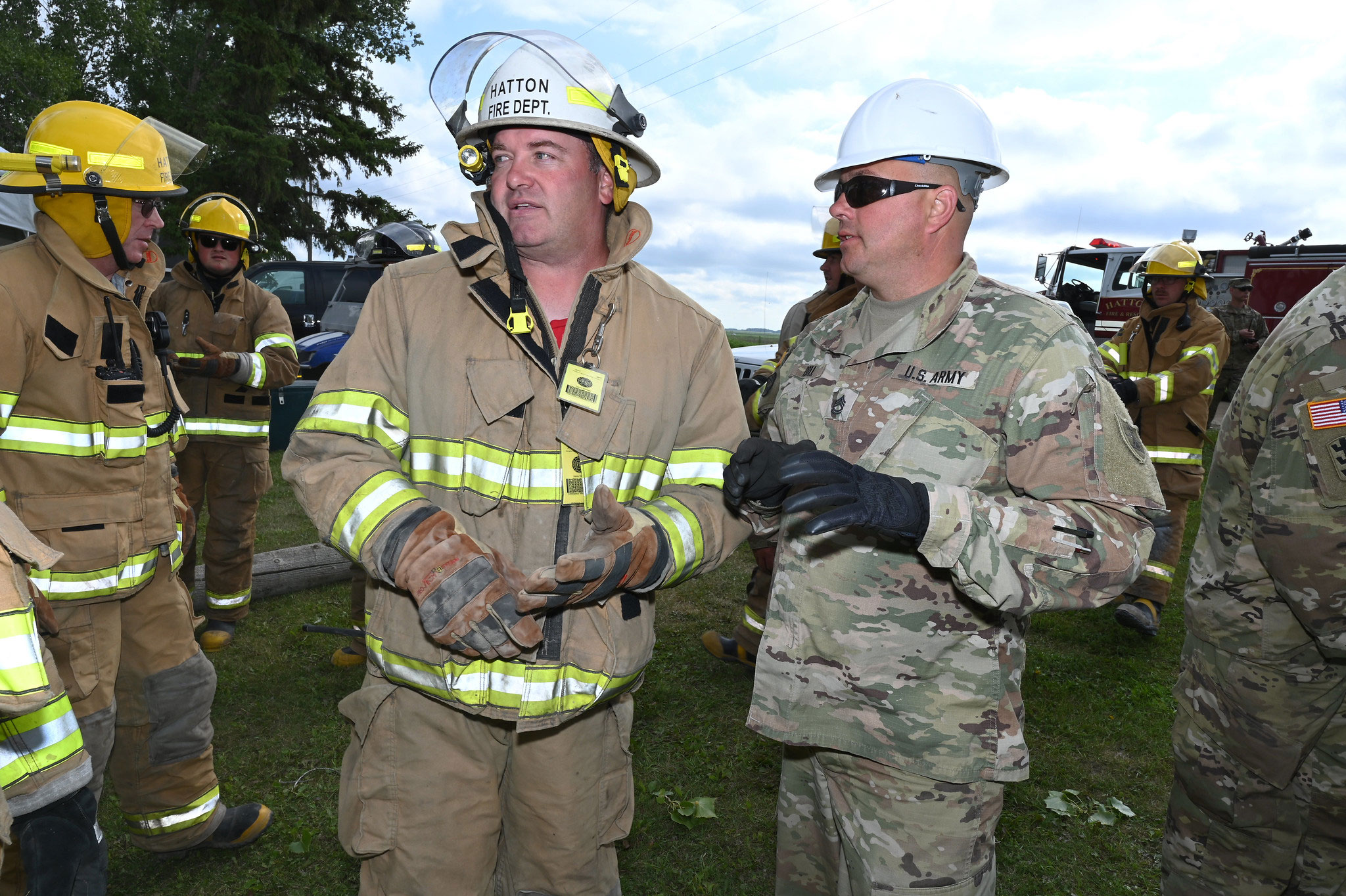
Policy Handbook
Our purpose: To educate, advocate and promote the well being of our state and nation. Now and forever – We are the Guard!
Our Organization
Policy Handbook
![]() DOWNLOAD the NGAND POLICY HANDBOOK
DOWNLOAD the NGAND POLICY HANDBOOK

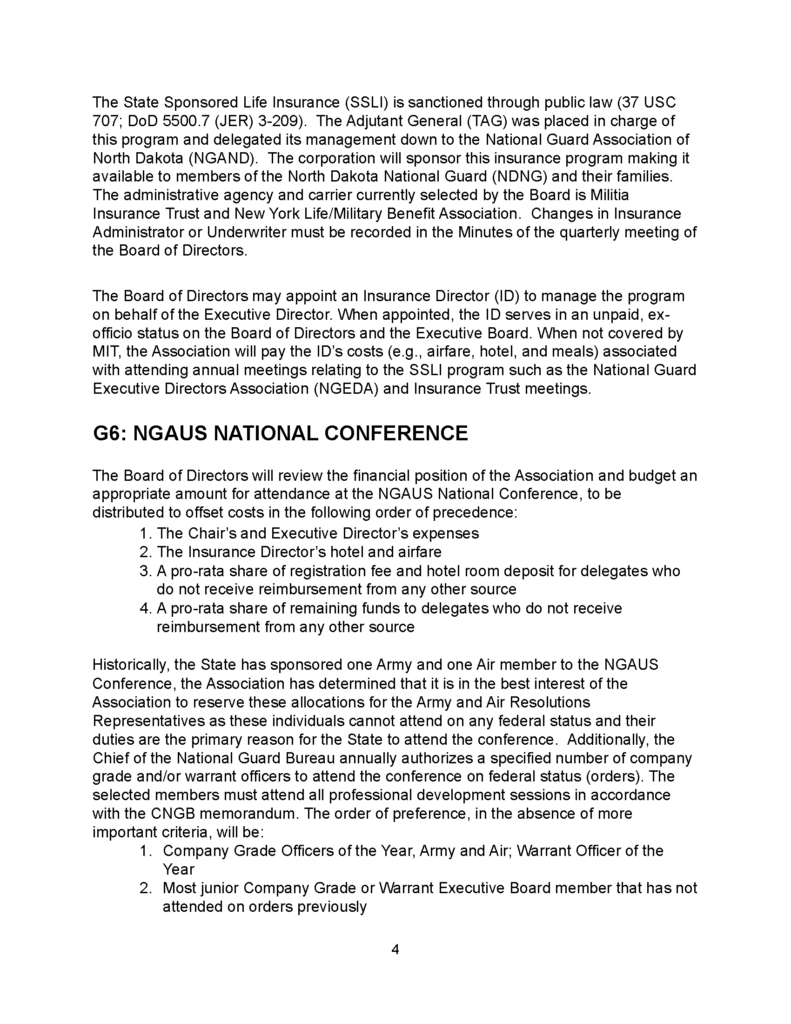

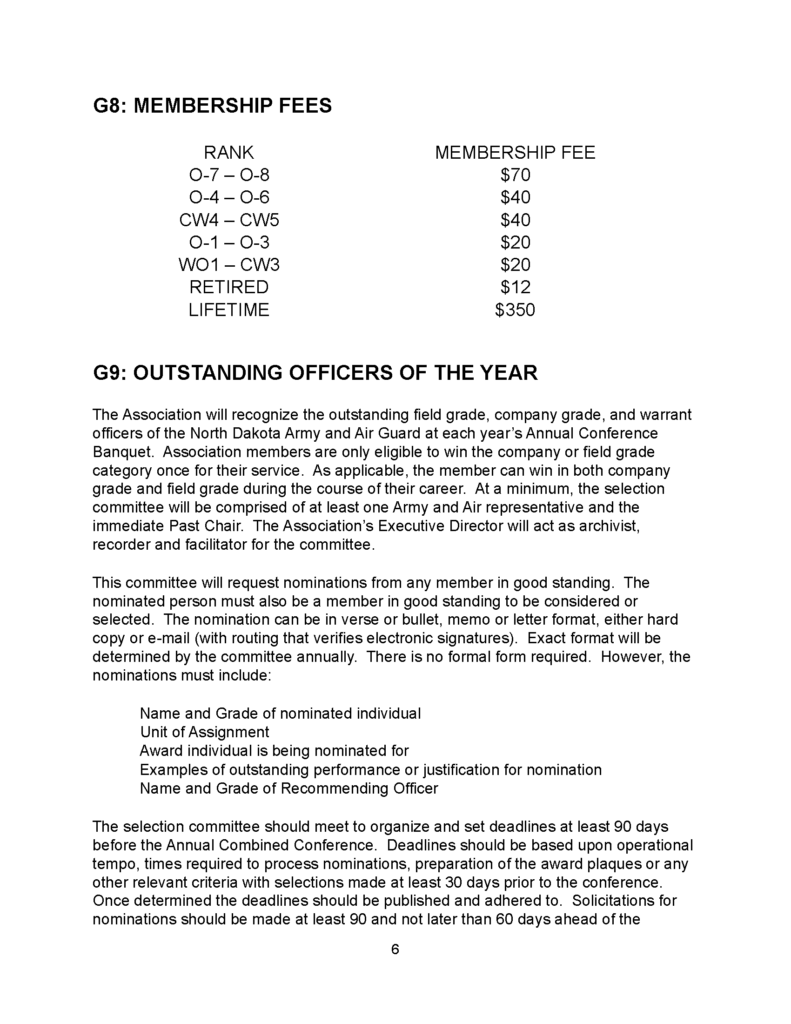
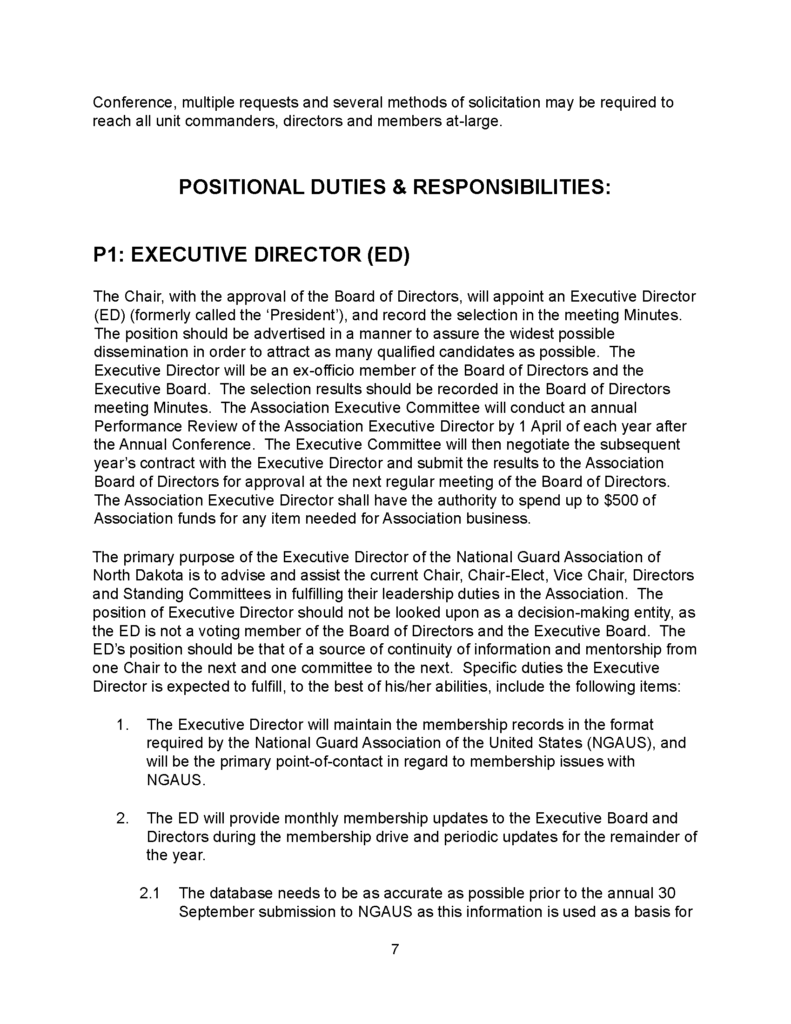
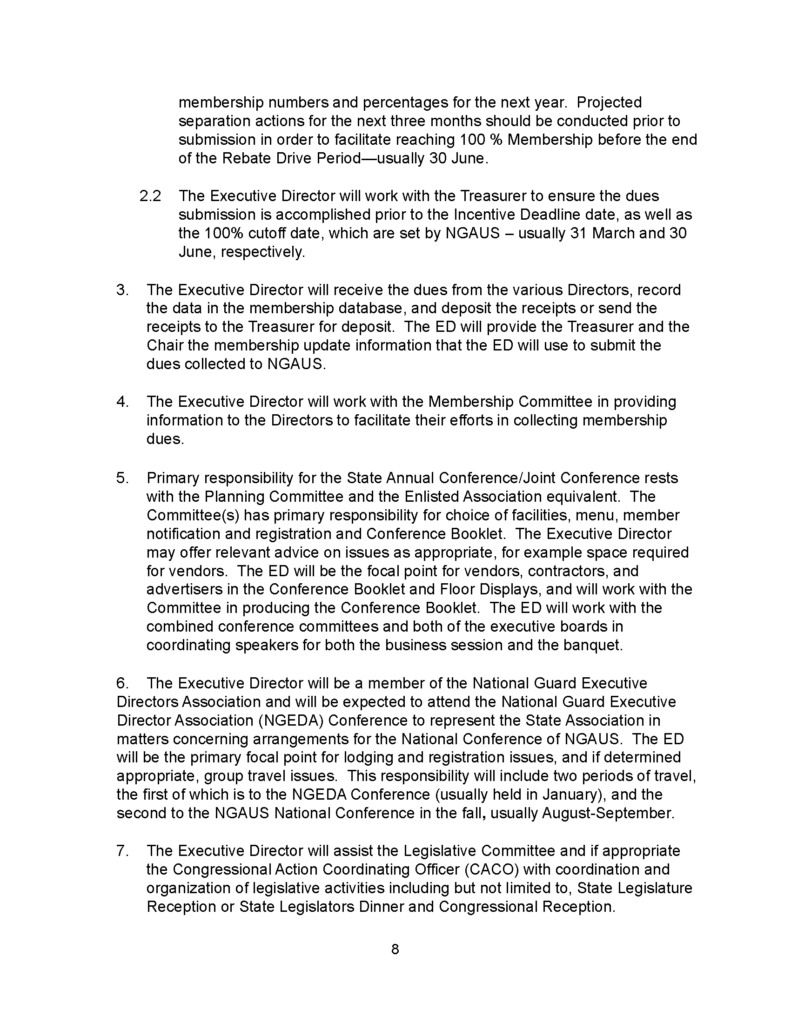
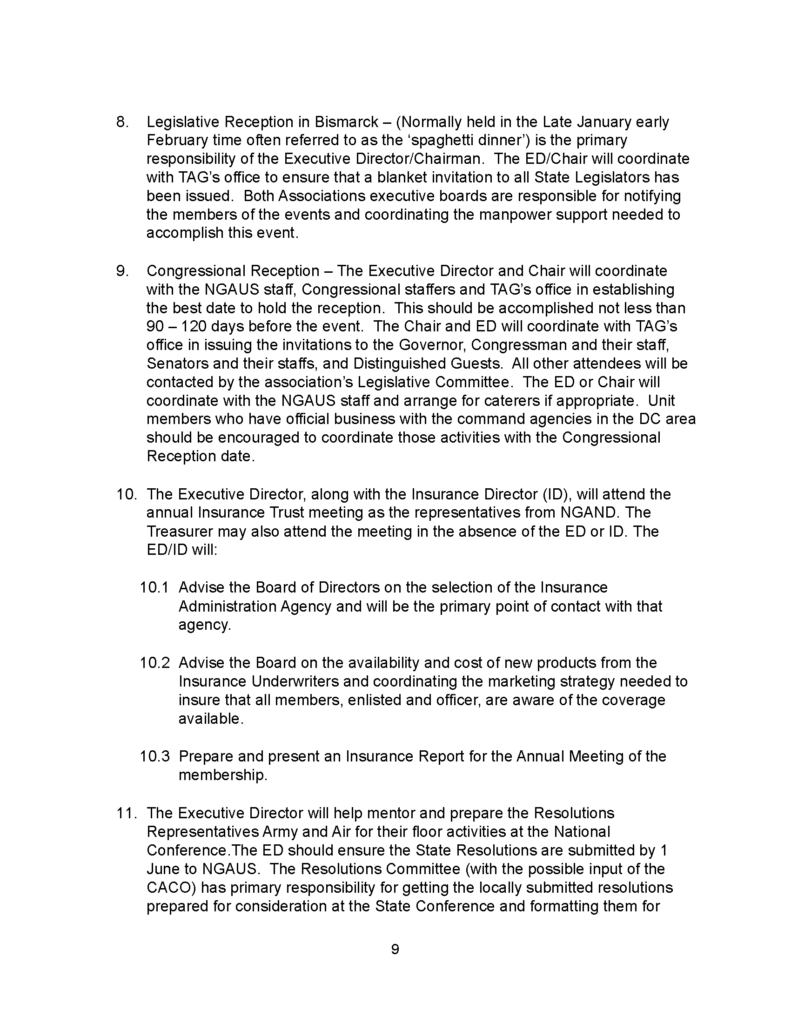
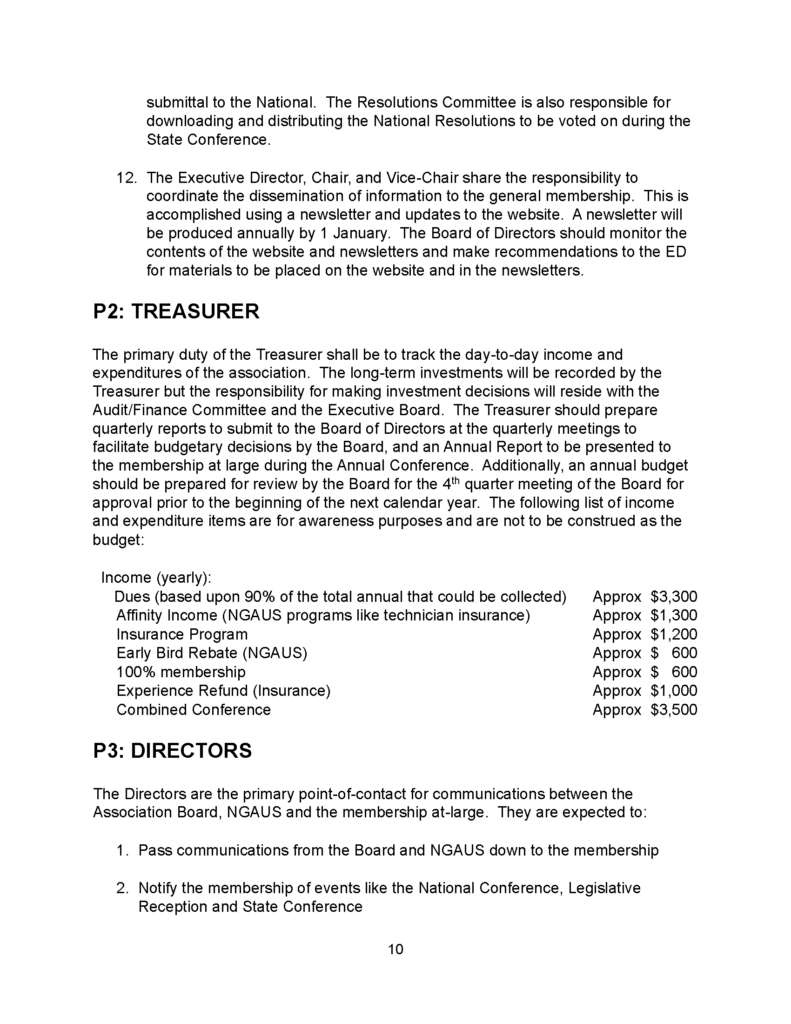
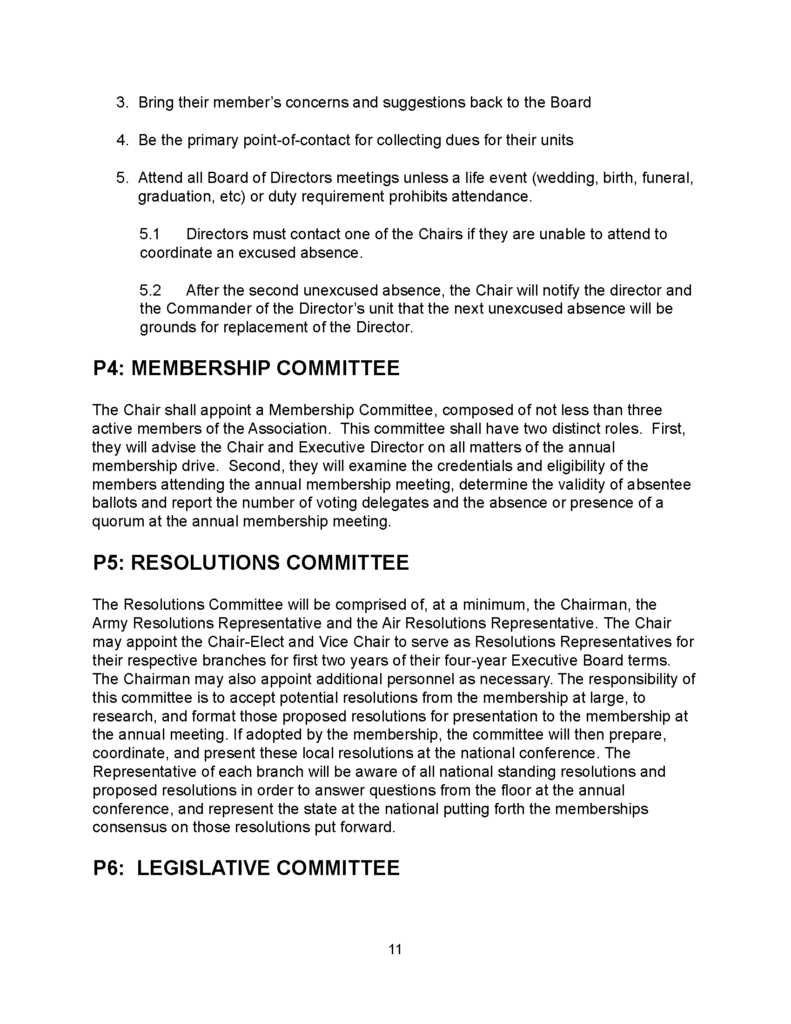

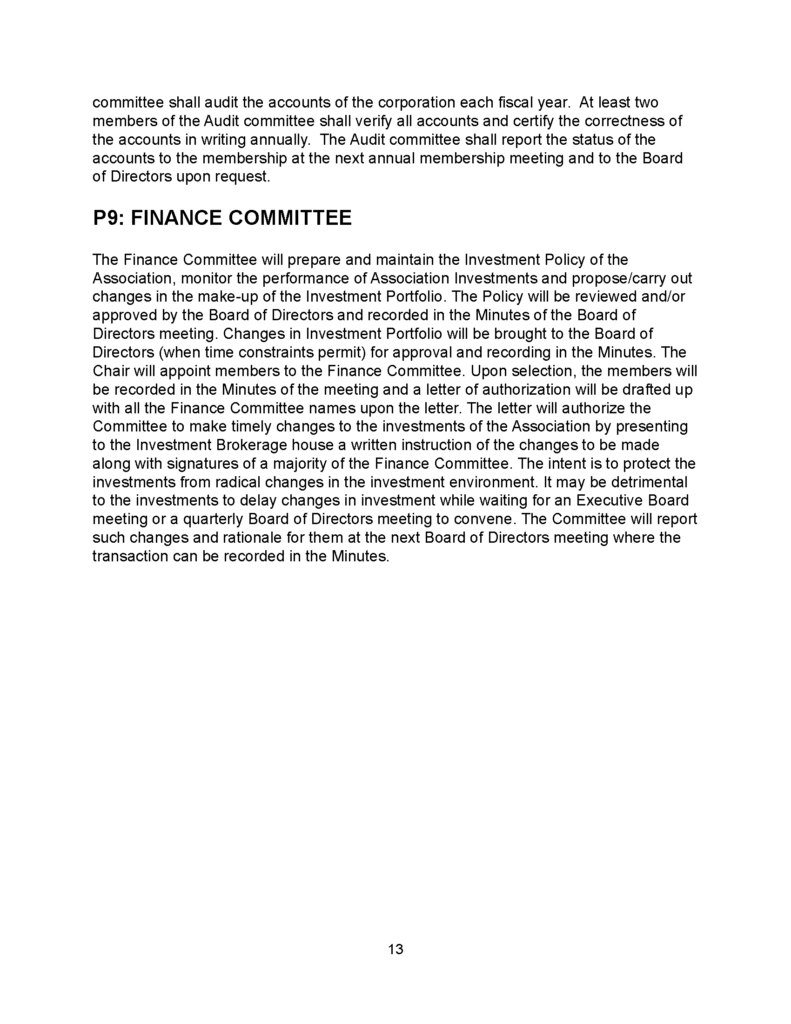

Our purpose: To educate, advocate and promote the well being of our state and nation. Now and forever – We are the Guard!
![]() DOWNLOAD the NGAND POLICY HANDBOOK
DOWNLOAD the NGAND POLICY HANDBOOK










